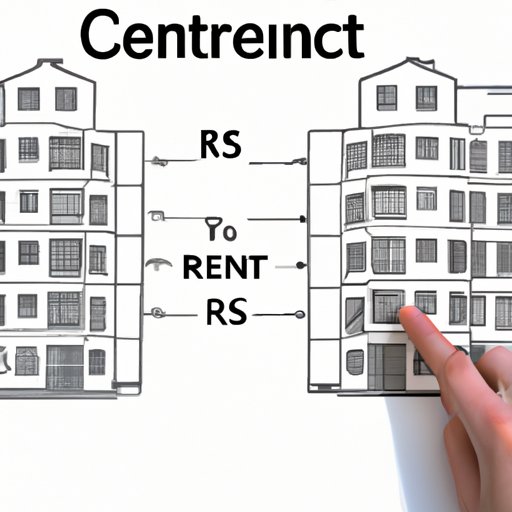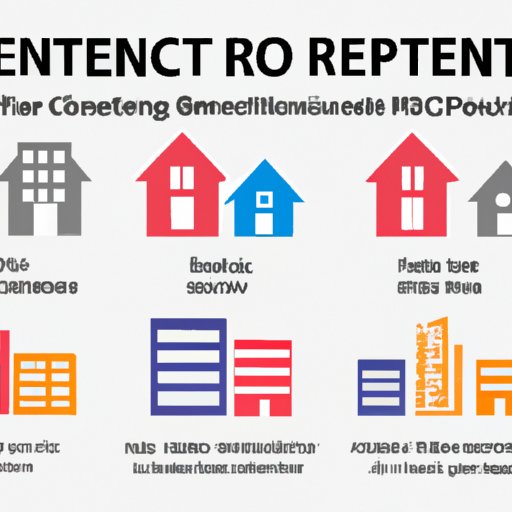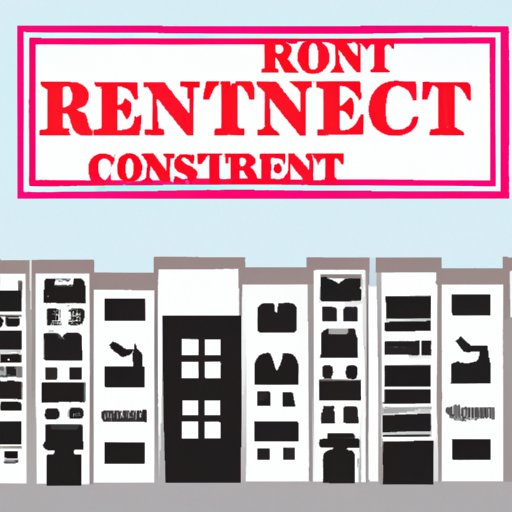Introduction
Rent control is a form of government regulation that places limits on the amount of rent that landlords can charge tenants. It is used as a way to ensure that rental prices remain affordable for low-income households. While rent control is often seen as a controversial issue, there are both supporters and opponents of the policy. This article will provide an in-depth exploration of how rent control works, examining how it impacts local economies, the potential effects on housing supply and affordability, the relationship between rent control and tenant rights, and how it is regulated in different parts of the world.
How Does Rent Control Impact Local Economies?
Rent control has the potential to impact local economies in both positive and negative ways. On the one hand, it can help to keep rental prices affordable for low-income households, allowing them to remain in their homes and contributing to the local economy. On the other hand, rent control policies can lead to a decrease in the availability of rental housing, as landlords may be less likely to invest in new housing units due to the potential financial risks associated with rent control.

Effects on Housing Supply and Affordability
One of the primary concerns about rent control is its potential effect on housing supply and affordability. If landlords are unable to raise rents to cover their costs, they may be less likely to invest in new housing units, leading to a decrease in housing supply. This could lead to an increase in rental prices for existing units, making them unaffordable for low-income households. Additionally, rent control could also lead to a decrease in the quality of rental housing, as landlords may not have the incentive to invest in necessary repairs and upgrades.

Relationship Between Rent Control and Tenant Rights
Rent control policies can also have an impact on tenant rights. On the one hand, rent control can protect tenants from unfair evictions and rent increases. On the other hand, rent control can limit the ability of landlords to exercise their rights, such as the right to choose who lives in their rental properties. As such, it is important to consider the balance between tenants’ rights and landlords’ rights when assessing the potential impact of rent control.

Different Types of Rent Control Policies
There are several types of rent control policies that can be implemented by governments. These include price caps, rental agreements, and rent stabilization. Price caps involve setting a maximum amount of rent that landlords can charge tenants, while rental agreements involve setting the terms and conditions of a tenancy agreement. Rent stabilization involves creating rules and regulations to ensure that rental prices remain stable over time.
Examining the Impact of Rent Control on Housing Supply and Affordability
The potential impact of rent control on housing supply and affordability is difficult to predict. On the one hand, rent control can reduce displacement and gentrification, as it can make rental housing more affordable for low-income households. On the other hand, rent control can lead to a decrease in property values, as landlords may be less willing to invest in new housing units due to the potential financial risks associated with rent control.
Unpacking the Complicated Relationship Between Rent Control and Tenant Rights
The relationship between rent control and tenant rights is complicated. On the one hand, rent control can protect tenants from unfair evictions and rent increases. On the other hand, rent control can limit the ability of landlords to exercise their rights, such as the right to choose who lives in their rental properties. As such, it is important to carefully consider the balance between tenants’ rights and landlords’ rights before implementing rent control policies.
Investigating How Rent Control is Regulated in Different Parts of the World
Rent control is regulated differently in different parts of the world. In some countries, rent control is completely prohibited, while in others, it is heavily regulated. Similarly, different states in the United States have different regulations regarding rent control. Some examples of rent control regulations include rent stabilization laws, rent freeze laws, and rent control ordinances.
Conclusion
In conclusion, rent control is a complex issue that can have both positive and negative effects on local economies, housing supply and affordability, and tenant rights. It is important to consider all of these factors when deciding whether or not to implement rent control policies. By understanding how rent control works and how it is regulated in different parts of the world, we can better assess the potential impacts of rent control and make informed decisions about its implementation.
(Note: Is this article not meeting your expectations? Do you have knowledge or insights to share? Unlock new opportunities and expand your reach by joining our authors team. Click Registration to join us and share your expertise with our readers.)
